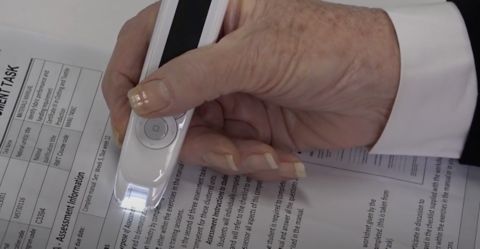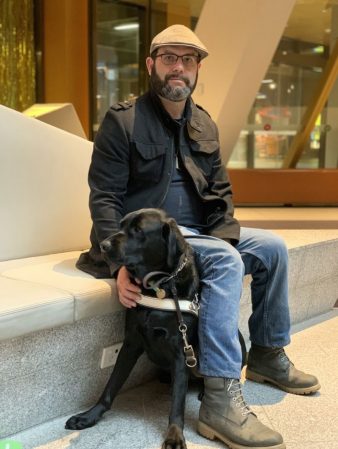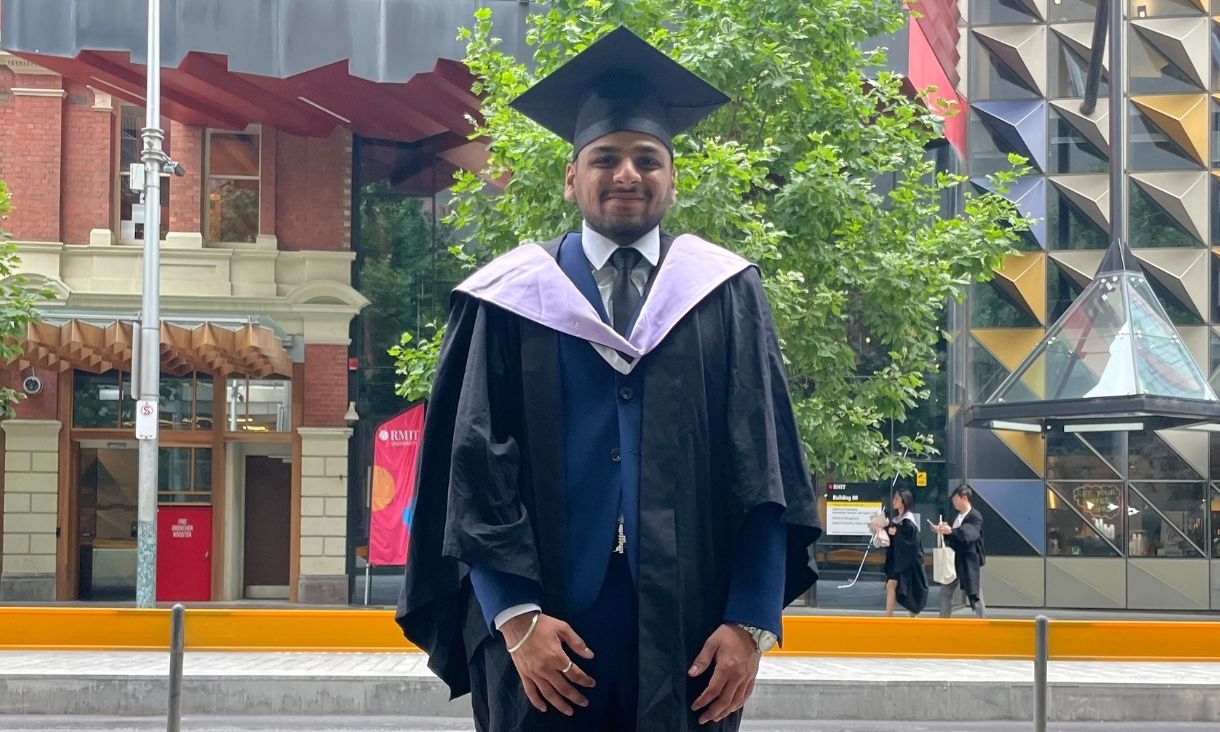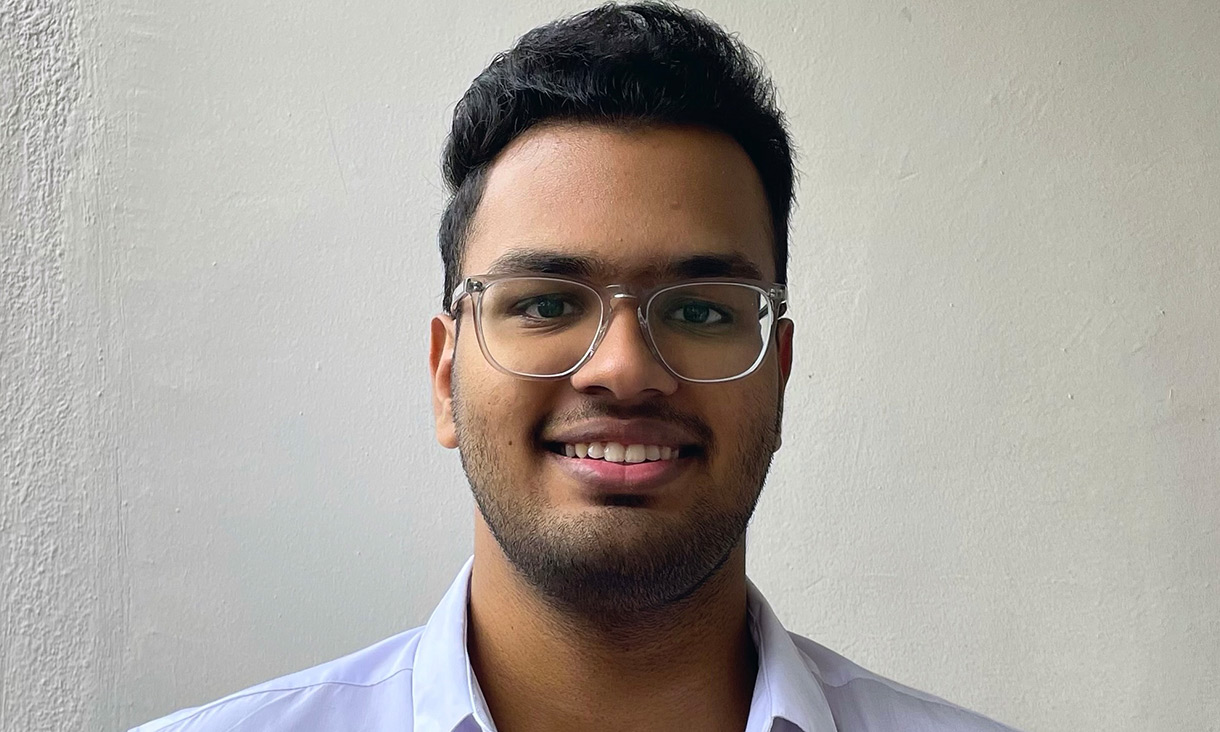Disability awareness
Take a free online course to build your awareness of disabilities and the impact that societal attitudes, stigma and discrimination have on the lives of people with disability.
Global Accessibility Awareness Day
Accessibility means removing barriers so that every user has a first-rate digital experience.






